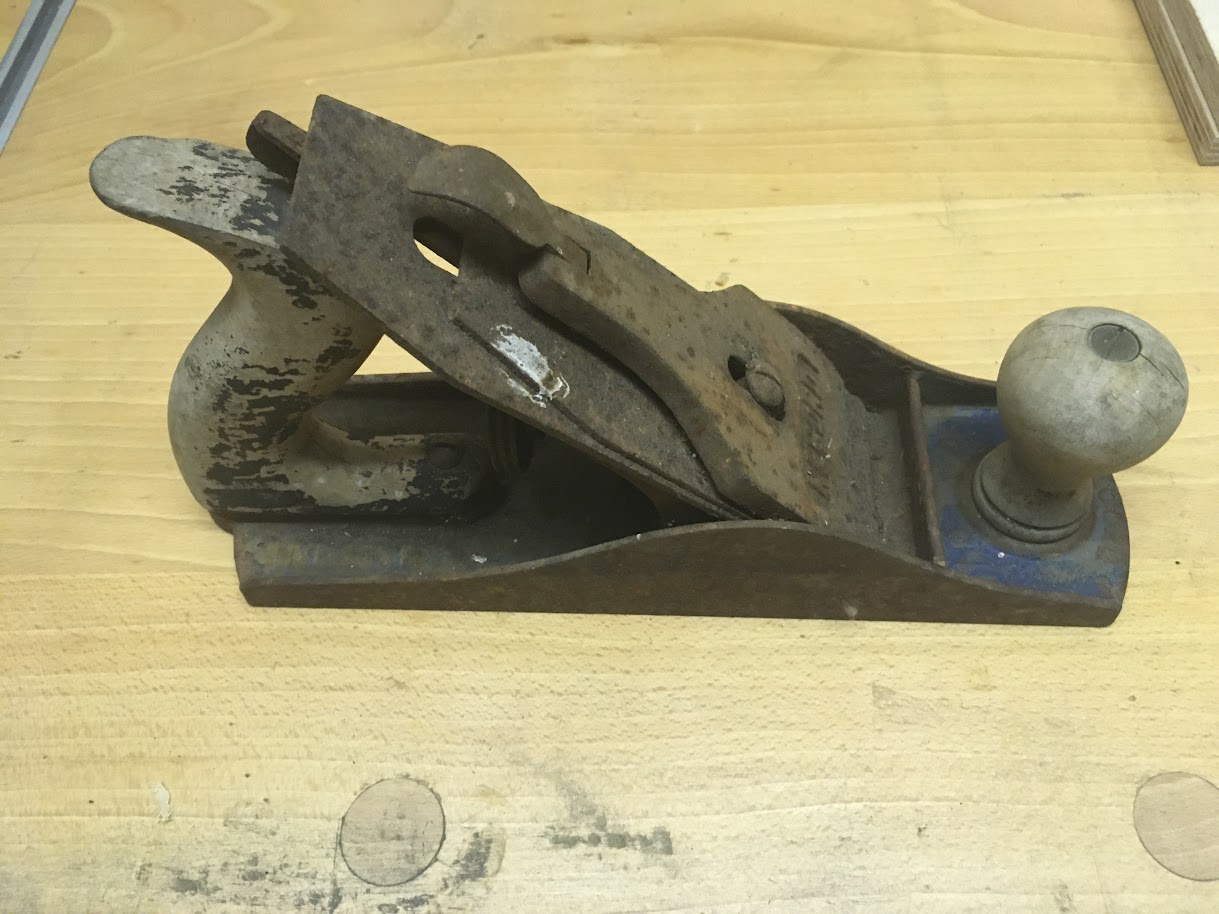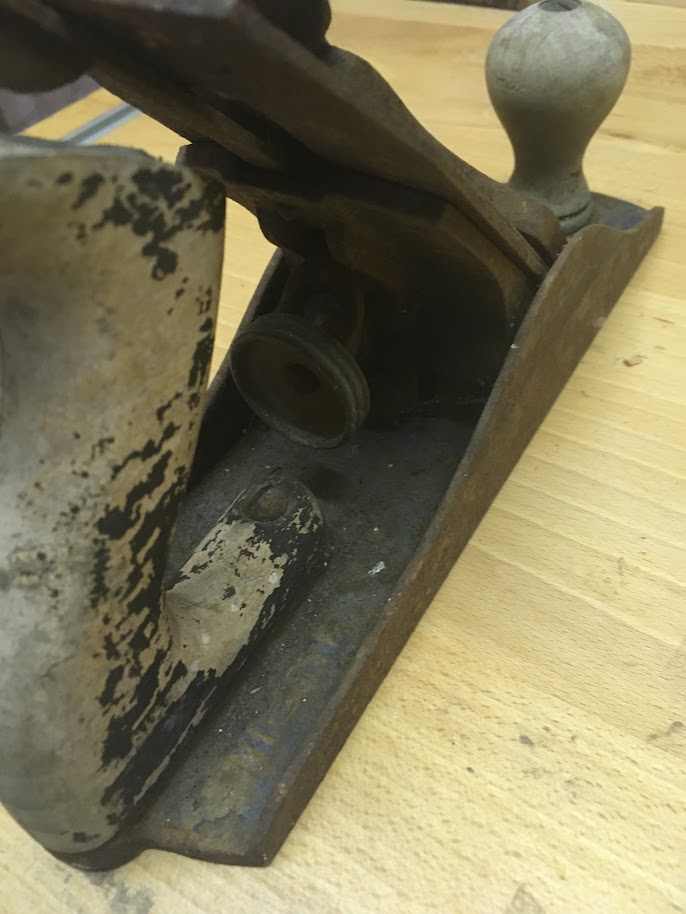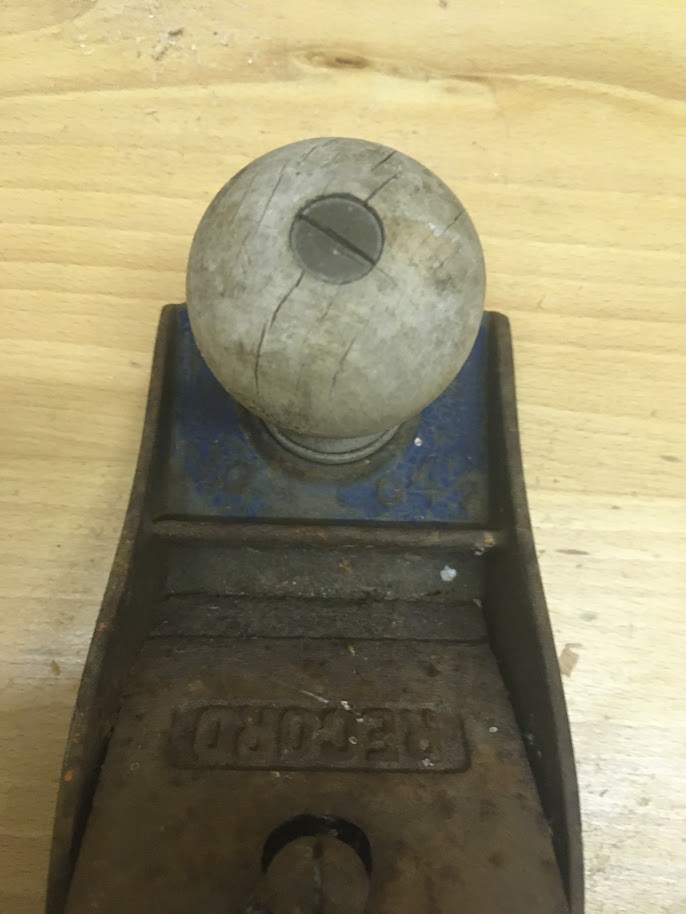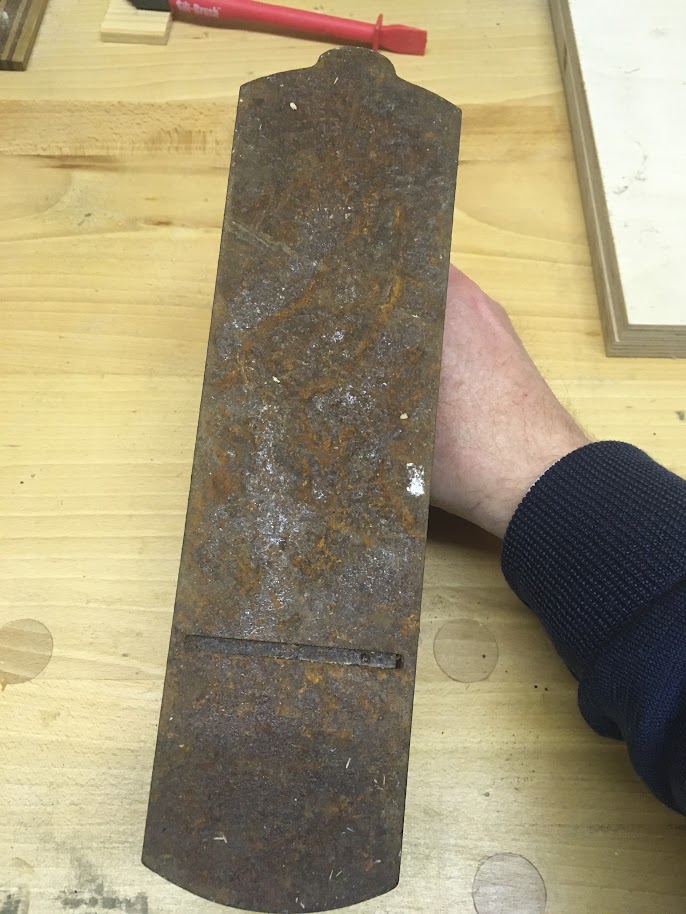weekend_woodworker
Established Member
Hi, I have been lucky enough to be given an old record No 4 1/2 plane today, but it needs a bit of restoration to be useable as you can see from these pictures:





Assuming you don't think it is a lost cause to restore to working order, what is the best way to remove the rust? I have seen on some websites about using a rust remover to soak the parts in. Can anyone recommend a good product available in the UK? Is there anything else I should think about in restoring it?
I seem to recall that there had been a previous recommendation on a thread about the a suitable paint to replicate the dark blue that Record use when I get that far. If anyone can help my memory that would be great.
Many thanks,
Mark
Assuming you don't think it is a lost cause to restore to working order, what is the best way to remove the rust? I have seen on some websites about using a rust remover to soak the parts in. Can anyone recommend a good product available in the UK? Is there anything else I should think about in restoring it?
I seem to recall that there had been a previous recommendation on a thread about the a suitable paint to replicate the dark blue that Record use when I get that far. If anyone can help my memory that would be great.
Many thanks,
Mark

































